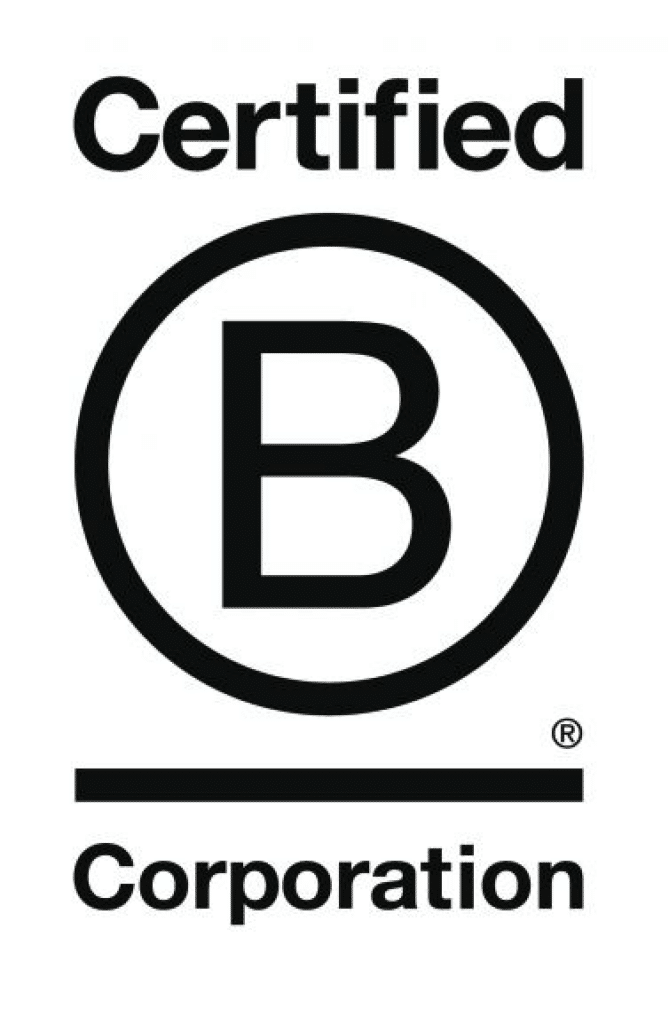The difference between a job description and a job advert and why it’s important to use both
By Josie Collings
Both job descriptions and job adverts have their place in the process of bringing the right candidate to the table, but if you use the former in the latter’s place, you’re shooting yourself in the foot. This is because, despite their similarities, the two serve different purposes, and though reusing a job description as an advert might save you some effort in the short term, in the long run it’s worth that little bit of extra time and research in the beginning for the results further down the line.
The Differences:
Simply put, a job description is there to tell you about the job, a job advert is there to sell you the idea of the job.
“Job descriptions tell, job adverts sell.”
The job advert’s purpose is to draw candidates in – stand out from the crowd of other prospective employers with roles just like yours. Why you over them? Yes, you want to try to get the right sort of candidates, so you need some information about the requirements for and responsibilities involved in the job, but that doesn’t mean serving that information up in its dry entirety will get you the best results.
To explain simply, it’s like sending out a product description for a really nice chair to a potential buyer. A product description will list information that might well be important, but when browsing chairs people don’t want to be instantly bogged down in the fine details about the exact dimensions, the safety testing, or the adjustable footpads. Instead they want to see the item posed to its best advantage, and imagine how much better their life would be with it. The full description, in all its technical glory, comes later.
The same mode of thinking applies here. Because job adverts and job descriptions both serve separate but conjoined purposes, it’s important to use both, but each must be purpose-built for its specific role.
Job adverts
When writing your job advert always bear in mind that it is just that: an advertisement. The clue is in the name. By definition it needs to be eye-catching, interesting and leave the person wanting to find out more. You want to include the parts of the job description that will reel candidates in but do not give them a reason to say no. Keep them engaged by making it attention grabbing, easy to read, and brief.
Highlight your company’s USP: a key part of selling this job role to potential candidates is selling the idea of your company. Think about why they would want to work for you. What makes you different from the competition?
According to a Linkedin survey, “the majority of candidates (61%) say details about compensation are what matters most” in a job post. That being said, don’t just think about the salary you’re offering; think about your values, your culture, and what you believe in. Including a description of the company culture and ethos can help you find people who also believe in these things and will help you carry your brand forwards. Try to inspire a sense of anticipatory pride at the idea of working for you.
Keep internal jargon out: even if the role will be called something different internally, call it something comprehensible when advertising, e.g. call it an “administrative assistant” role rather than a “supreme nonsense wrangler” or a “master of schedules”.
Use keywords: In the wonderful world of online advertising, keywords are your best friend. For jobseekers, searching using keywords helps get them to the relevant opportunities rather than wading through a swamp of irrelevant nonsense. Use this to your advantage! Make sure your advert includes the keywords your potential candidates will be using in their searches. This ties in to the previous point: even if candidates are searching for the job you’re advertising for, if you’re calling the role something nonstandard on a jobsite, they just won’t see it. Use the keywords and put yourself in their path.
Only include the essential requirements: It might be nice to have someone applying who has a decade’s experience in your corner of your specific field, is trained to program the universe in F-sharp, and has the kind of personality that will fit in with your company culture, but if you ask for the moon you’ll get fewer applications from people who look at your highest hopes and can’t see themselves in them, despite how perfect they might be. The overconfident will face no such obstacle. Skills can be trained, courses can bring someone up to speed, so think about what it is you really need from this person.
Keep it simple! Using shorter, easier to read sentences and keeping your advert brief means people are more likely to absorb the information rather than getting bored partway through and skimming it. According to the same Linkedin survey, “shorter job posts receive 8.4% more applications per view than average”, and most candidates “will spend just 14 seconds deciding whether or not to apply”. On top of that, the longer it is the more likely they are to find a reason to say no! Keep it short and sweet.
Job descriptions:
This is where all the detailed information about the job itself goes, including comprehensive information on the role, the responsibilities involved, more on your company and its culture, and all the nitty gritty of the what, where, who, why and how: anything that will help them decide whether the position is right for them.
However, just because the candidate is willing to give you more time by this stage, doesn’t mean you should make it hard for them. Make sure the job description is manageably laid out, dividing it into sections for ease of reading and comprehension. Again, prioritise keeping your audience engaged.
The advice about avoiding company jargon or special acronyms still stands. Remember you are talking to an outsider who you want to keep interested. If a job description makes them feel ignorant or uninformed it doesn’t foster a sense of connection to your company.
Ask for what you need! This advice holds true across both job adverts and job descriptions. Give the candidate an accurate picture of what qualifications, skills and traits the job requires. Don’t give them an endless checklist of ideal-world flights of fancy. (or could use qualifiers, competencies and behaviours terminology, but I wasn’t sure if that’s just for internal use!)
Although both benefit from following similar advice, the key difference between job adverts and job descriptions is in their purpose. Always bear that purpose in mind when writing or editing them.
If you would like some help with any of your talent acquisition processes do get in touch with us.


